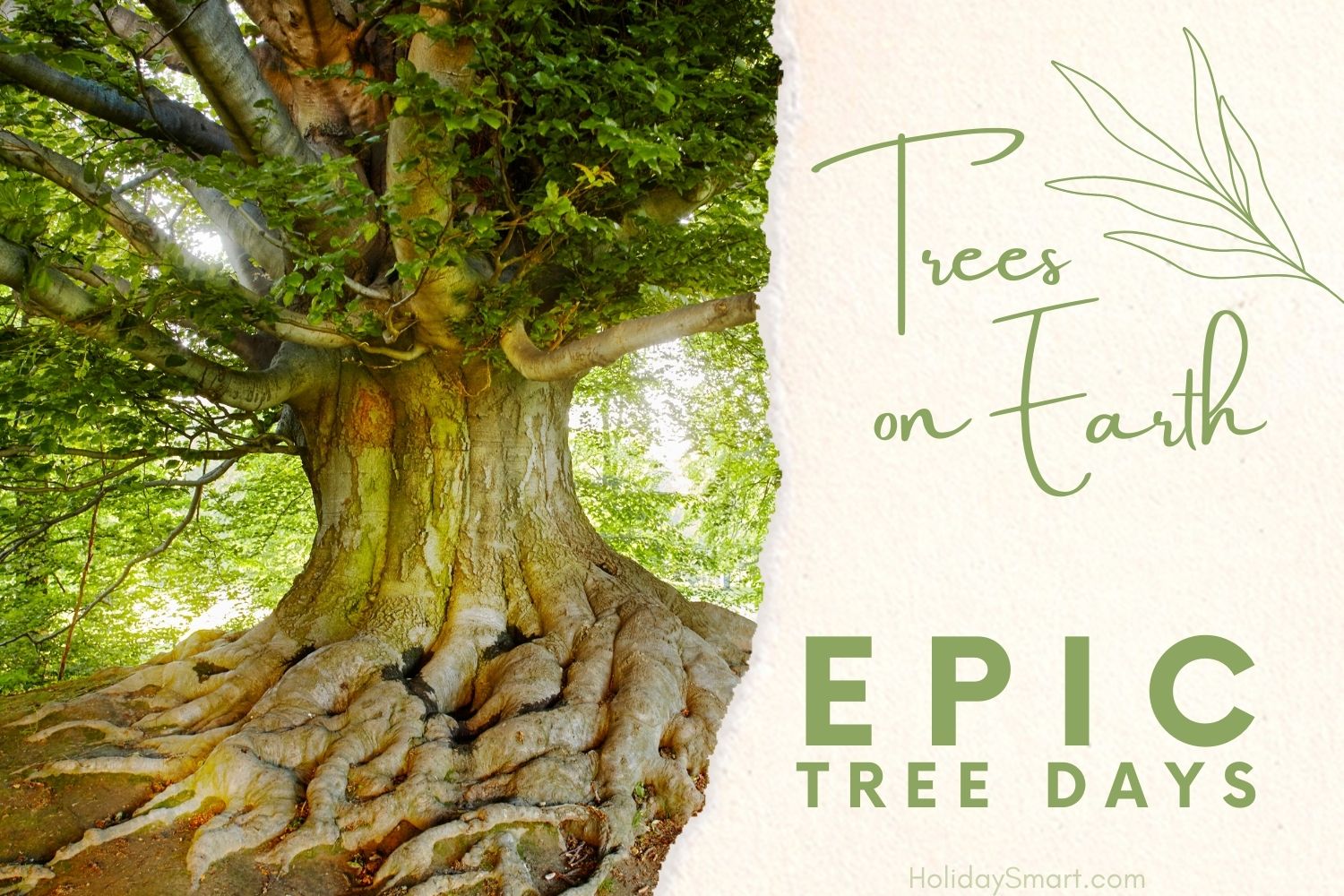The Stories Behind Your Favorite Christmas Carols

Music is one of the most important parts of Christmas celebrations. The sound of Christmas songs playing in shopping malls and restaurants is usually the first sign that the holiday season has begun. They set the mood for whole season. But where did your favorite Christmas songs come from? The desire to celebrate through song has always been a human trait, and most of the carols we love today have been part of popular culture for generations. Here are the stories behind some of your favorites!
Away in a Manger
Today, Away in a Manger is one of the most well-known Christmas carols. It’s popularity can be mostly attributed to James R. Murray, who included it in a book of carols for children he published where he claimed the verses were written by Martin Luther, a famous German Protestant reformer. This was not true. The poem that the first two verses of this song came from were not written until nearly 400 years after Martin Luther’s death. Murray most likely included this in his book in an attempt to sell more and it worked. Today, many people still believe Martin Luther wrote Away in a Manger. So one of the most well-known carols of all time gained its notoriety through what was essentially a publicity stunt.
Deck The Halls
The Deck The Halls melody was originally associated with a Welsh party game. In this game, each player would have to invent a new verse for the song, and was eliminated if they couldn’t think of anything. The Fa-la-la-la-la lines were originally meant to be played by a harp between verses, giving players a chance to think of their next line. When no harpists were present, players would sing nonsense syllables to the tune. The modern lyrics were added later, and the party game mostly forgotten, but we think this is one old tradition that needs to be revived.
Here Comes Santa Claus
Here Comes Santa Claus is a relatively new Christmas song, so we know it’s exact origins. It was written by Americans Gene Autry and Oakley Haldeman. Autry was serving as grand marshall for the Hollywood Christmas Parade of 1946, which traveled down a section of Hollywood Boulevard called “Santa Claus Lane” by locals. Autry heard children excitedly shouting “Here comes Santa Claus!” as they saw the Santa float approach, and he was inspired to turn the moment into a song lyric.
Jingle Bells
Though it is now such a symbol of Christmas, Jingle Bells was not actually written as a Christmas song. It never mentions Christmas in the lyrics and only became associated with Christmas years after it was written. James S. Pierpont wrote Jingle Bells (originally titled The One-Horse Open Sleigh) to commemorate annual sleigh races in his hometown of Medford, Massachusetts. It may not have been about Christmas, but it was always a celebration of winter fun, so the connection formed naturally.
O Holy Night
O Holy Night is certainly considered a wonderful religious song now, sang in churches all through the season, but when it was first written it was mostly rejected by the church. Church officials of Paris, where the song was written, condemned it for lacking religious spirit. This is probably because the composers, Placide Cappeau and Adolphe Adam were not on the best terms with the church. Cappeau was a wine merchant and was seen as a radical socialist. Adams composed music for theaters, which was perceived as a sinful career. Luckily, the song was well-loved enough to gain popularity despite being rejected by the church.
Rudolph, the Red Nosed Reindeer
Rudolph was a character before he was a song. He was created by Robert May as a promotional gimmick for the Montgomery Ward Company. The company usually gave a coloring book to its costumers during the holidays, but in 1939 they decided to save money by having May create a booklet for them to give out instead. For this he created Rudolph as a testament to underdogs everywhere. He wrote the poem we know today for the booklet. It was set to music by Johnny Marks, who struggled to sell music publishers on the idea. Eventually Marks created his own publishing company and convinced Gene Autry to sing his song. Autry’s version became the second largest-selling Christmas single in the world, proving once again that Rudolph should never be underestimated.
The Twelve Days of Christmas
This song originated from a counting game that way often played on Twelfth Night (also known as Epiphany Eve). In the game each player had to add an item to a list and the next player has to recite the entire list from the beginning. A player loses if they can’t remember any item. The gifts that are listed now are all symbolic of important parts of the Christian faith.




